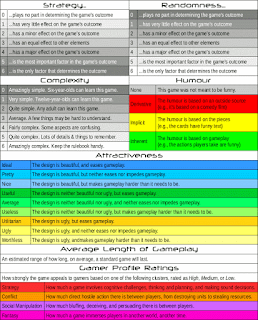I first played this game as a 'Mammoth' version at Gen Con. I thought it was cute, so I bought it as a gift for the Dork Spouse. Of course, it's a bit different when you're moving wooden cat meeples around a board, instead of adorable fluffy plush kittens on a carpet with the game board printed on it.
Still, it was a fun game, so I shall review it now. Starting, of course, with the numbers.






